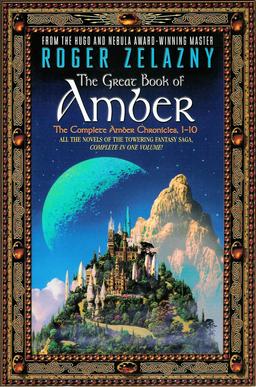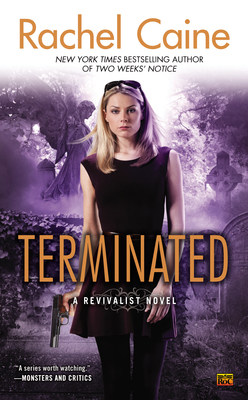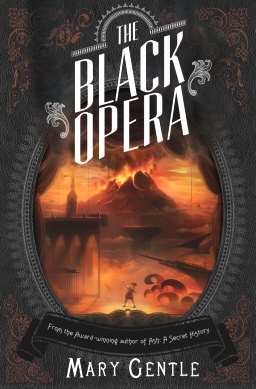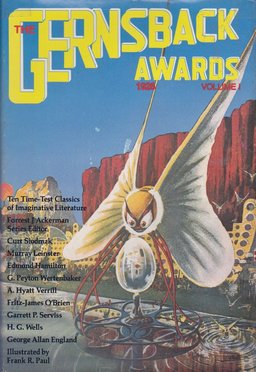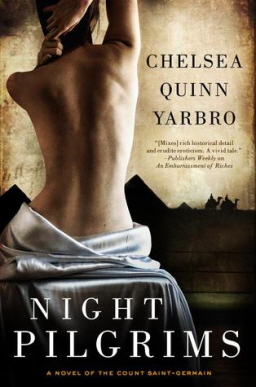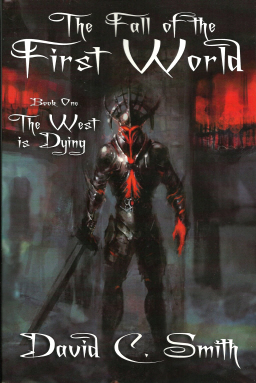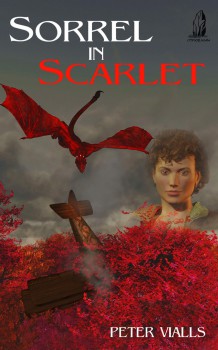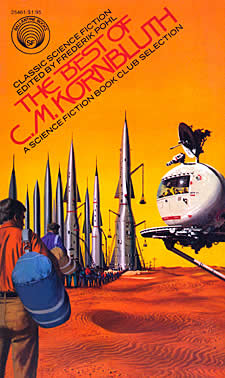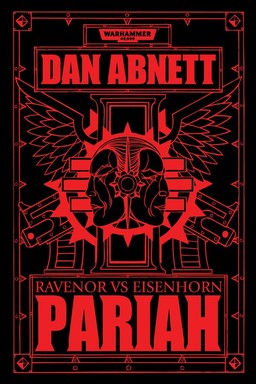An Interview with Lonesome Wyatt of Those Poor Bastards
 I came across Lonesome Wyatt as I nosed about a funnel cake shack in an abandoned amusement park built on a prairie settler boneyard. He had a rotted sack of popcorn in one hand and he dragged a crowbar in the other. Twilight filtered in through a roof hole. Something skittered across his hat. He hummed an old-time dirge.
I came across Lonesome Wyatt as I nosed about a funnel cake shack in an abandoned amusement park built on a prairie settler boneyard. He had a rotted sack of popcorn in one hand and he dragged a crowbar in the other. Twilight filtered in through a roof hole. Something skittered across his hat. He hummed an old-time dirge.
This being Lonesome Wyatt of Those Poor Bastards. This being the man behind Lonesome Wyatt and the Holy Spooks. This being the author of the pulp horror novel The Terrible Tale of Edgar Switchblade and the composer of its companion album, Behold the Abyss. Which, really, if you’re in the mood for a cloven-hoofed, knife-wielding bounty hunter with step-daddy issues chasing an albino werewolf with supplementary gothic country tunes, there is no better pairing than that which Lonesome Wyatt has provided.
Under normal circumstances…well, you try to avoid talking to mad-eyed men on decrepit fair grounds; but I – being the steadfast and fearsome Black Gate minion I am – AHEMed. Stood my ground. Waited for him to turn around. I am not one to be intimidated. A man can’t hex you by humming. Usually. And this was a man I wanted to talk to.
Lonesome Wyatt turned and sneered, or possibly he smiled; these things are hard to tell. He agreed to do an interview before I had the words out of my mouth to ask. He is a mysterious revelator of mayhem and wonder, and quite possibly he is psychic.*
For your perusal, here lies the exchange Black Gate had with Lonesome Wyatt in that shadowy funnel cake shack…
